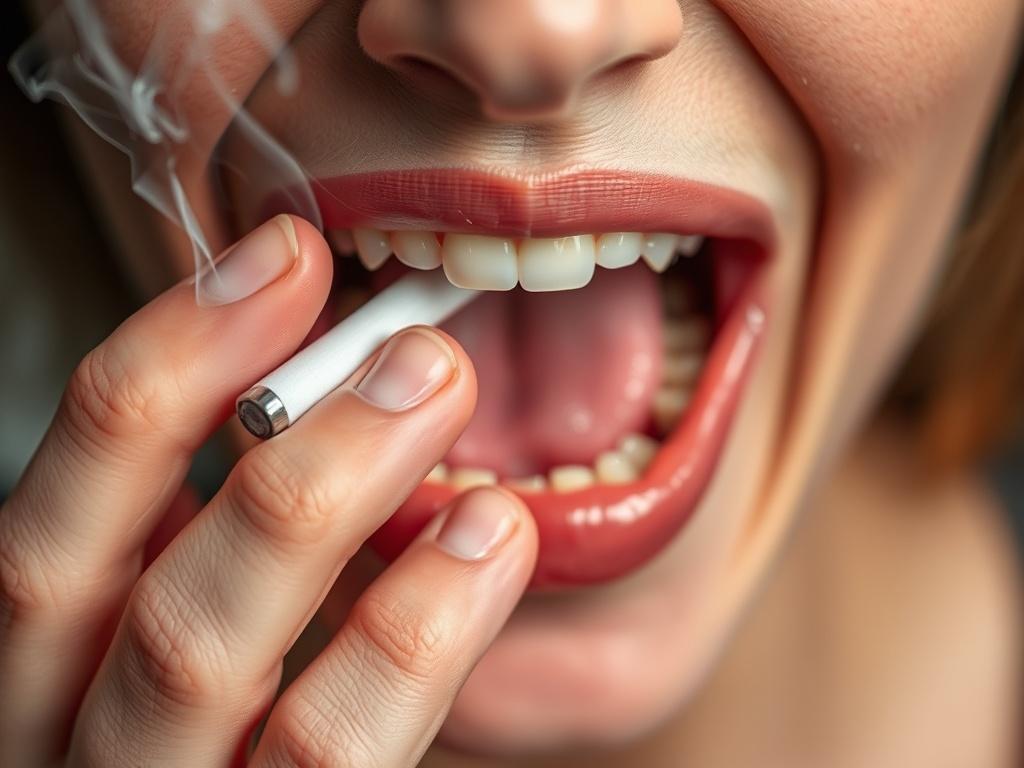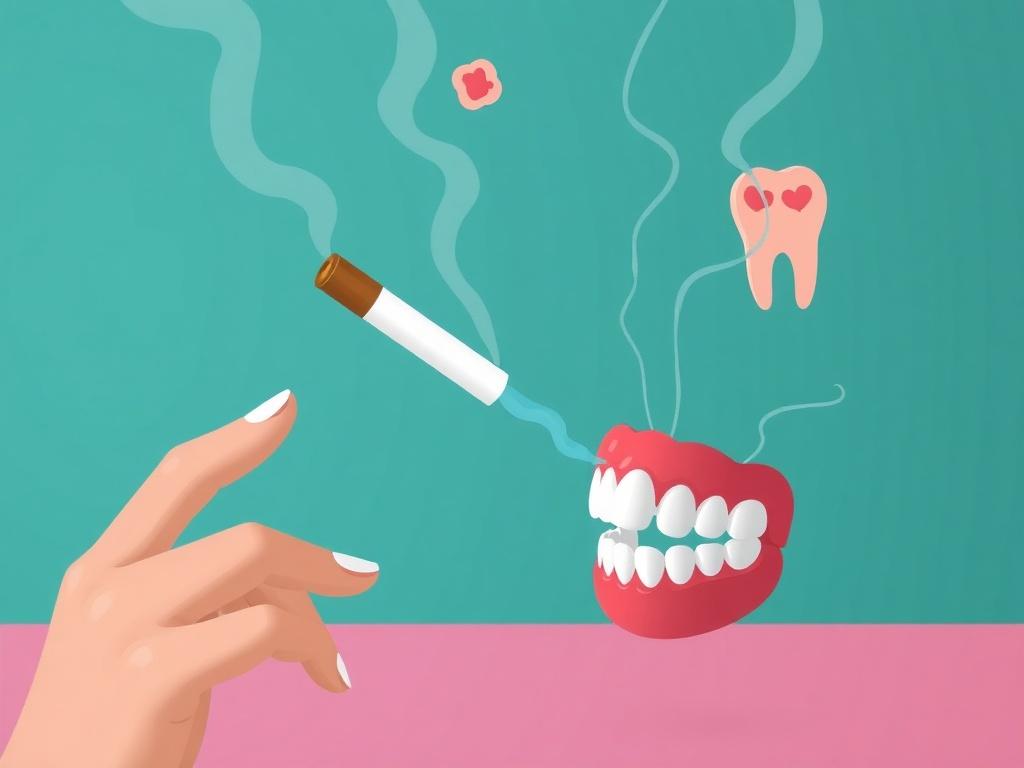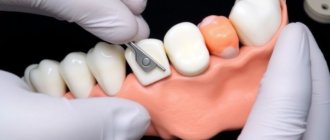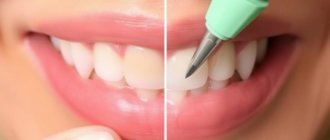Содержание
- 1 Introduction to Smoking and Gum Disease
- 2 What Is Gum Disease?
- 3 How Smoking Contributes to Gum Disease
- 4 The Statistics: Smoking and Gum Disease Correlation
- 5 Signs and Symptoms of Gum Disease in Smokers
- 6 Prevention and Management of Gum Disease for Smokers
- 7 How Quitting Smoking Improves Gum Health
- 8 Common Myths About Smoking and Gum Disease
- 9 Supporting Your Journey: Resources and Tips to Quit Smoking
- 10 Impact of Smoking on Other Oral Health Issues
- 11 Impact of Secondhand Smoke on Gum Disease
- 12 Summary of Key Points
- 13 Conclusion
Introduction to Smoking and Gum Disease
Smoking is widely known for its detrimental effects on overall health, but many people don’t realize just how much it impacts oral health, particularly gum disease. The connection between smoking and gum disease is a serious one, with smoking significantly increasing the risk of developing various types of periodontal problems. If you’re a smoker or know someone who is, understanding this link is crucial for maintaining not just a bright smile, but also long-term dental health.
Gum disease, sometimes called periodontal disease, affects the tissues surrounding and supporting the teeth. When combined with smoking, the risk of gum disease jumps dramatically, making it harder to treat and leading to more severe complications. From mild gingivitis to advanced periodontitis, smoking fuels the progression of these conditions in ways that might surprise you.
What Is Gum Disease?
Before diving deep into how smoking influences gum disease, let’s clarify what gum disease actually is. Gum disease happens in stages and is mainly caused by the buildup of plaque — a sticky film of bacteria that forms on your teeth. If plaque isn’t removed by regular brushing and flossing, it can harden into tartar, irritating the gums and potentially causing infection.
Stages of Gum Disease
- Gingivitis: The earliest stage, where gums become red, swollen, and bleed easily during brushing. It’s reversible with proper care.
- Periodontitis: If gingivitis is left untreated, it advances to this stage where the gums pull away from the teeth, forming infected pockets. Bone and tissue supporting the teeth are destroyed, which can lead to tooth loss.
- Advanced Periodontitis: The final stage marked by severe inflammation, bone loss, and loose teeth, often necessitating dental surgery or extraction.
| Stage | Symptoms | Reversibility |
|---|---|---|
| Gingivitis | Red, swollen gums; bleeding when brushing | Yes, with proper dental care |
| Periodontitis | Pockets around teeth; gum recession; bad breath | Manageable but not fully reversible |
| Advanced Periodontitis | Loose teeth; severe pain; bone loss | No, requires advanced treatment |
How Smoking Contributes to Gum Disease
Smoking affects gum disease in several ways, from reducing blood flow to the gums to suppressing the immune response critical for healing infections. Nicotine and other chemicals in tobacco products change the environment in your mouth, making it a more welcoming place for harmful bacteria that cause gum disease.
Impact on Gum Tissue
Regular smoking reduces the oxygen supply to gum tissues through vasoconstriction — the narrowing of blood vessels. This decrease in blood flow means the gums receive less oxygen and fewer nutrients, which are vital for maintaining healthy tissue and fighting infections. With impaired healing and weaker defenses, gum tissues become more susceptible to the bacteria that cause periodontitis.
Immune System Suppression
Smoking weakens the immune system’s ability to fight off infections. Smokers exhibit a diminished production of antibodies and immune cells that target pathogens in the mouth. As a result, infections caused by bacteria in plaque persist longer, worsening gum inflammation and allowing the disease to progress unchecked.
Disruption of Oral Microflora
The balance of bacteria in the mouth, known as oral microflora, is essential for oral health. Smoking encourages the growth of more harmful bacteria associated with gum disease while reducing beneficial bacteria that help protect your gums. This imbalance accelerates plaque accumulation and the severity of periodontal infections.
The Statistics: Smoking and Gum Disease Correlation
Evidence from research consistently shows that smokers are far more likely to develop gum disease than non-smokers. Here are some key statistics:
- Smokers are up to six times more likely to develop gum disease than non-smokers.
- Nearly 50% of moderate to heavy smokers have severe periodontitis compared to 15% in non-smokers.
- The severity of gum disease often correlates with the amount of tobacco used and duration of smoking.
- Smokers respond less well to periodontal treatment compared to non-smokers.
Smoking and Gum Disease: Table of Risks
| Smoking Level | Increased Risk of Gum Disease | Severity of Symptoms | Response to Treatment |
|---|---|---|---|
| Non-smoker | Baseline | Mild to moderate | Good |
| Light smoker (less than 10 cigarettes/day) | 2-3 times higher | Moderate | Moderate |
| Heavy smoker (more than 10 cigarettes/day) | 4-6 times higher | Severe | Poor |
Signs and Symptoms of Gum Disease in Smokers

One confusing aspect for smokers is that gum disease can be harder to detect during its early stages because smoking reduces gum inflammation and bleeding — common warning signs in non-smokers. Many smokers might delay seeking treatment because they don’t notice typical symptoms as early.
However, as the disease progresses, symptoms become more apparent and serious. Here’s what smokers should watch out for:
- Persistent bad breath or a bad taste in the mouth
- Gum redness and swelling, although sometimes less noticeable due to smoking
- Gums that bleed during brushing or flossing (may be reduced in smokers)
- Gum recession, making teeth appear longer
- Loose or shifting teeth
- Pocket formation between gums and teeth
- Pain or discomfort when chewing
Because smoking often masks early symptoms, regular dental checkups are especially important for smokers to catch gum disease before it becomes severe.
Prevention and Management of Gum Disease for Smokers
If you’re a smoker, the best way to lower your risk of gum disease is to quit smoking altogether. While this is easier said than done, the health benefits go far beyond your mouth, and quitting will improve your body’s ability to fight infection and heal.
Oral Hygiene Tips
Regardless of quitting, maintaining excellent oral hygiene is vital to prevent gum disease:
- Brush your teeth at least twice daily using a soft-bristled toothbrush and fluoride toothpaste.
- Floss daily to remove plaque and food particles between teeth.
- Use an antimicrobial mouthwash to reduce harmful bacteria.
- Visit your dentist regularly for professional cleanings and assessments.
- Avoid sugary snacks and beverages to limit plaque growth.
Professional Treatments
If gum disease develops, treatments may include:
- Scaling and Root Planing: Deep cleaning to remove plaque and tartar beneath the gumline.
- Antibiotic Therapy: To control bacterial infection, sometimes applied locally in pockets or prescribed as pills.
- Periodontal Surgery: In severe cases, surgery might be necessary to repair damaged tissues and bone.
It is important to note that smokers have a lower success rate with these treatments, partly because their gum tissue healing capacity is impaired.
How Quitting Smoking Improves Gum Health
Quitting smoking provides immediate and long-term benefits for your gums and overall oral health. Within weeks of quitting, blood flow to your gums improves, helping to reverse some of the damage caused by smoking. Over time, your immune system rebounds, making it easier to fight bacterial infections in the mouth.
Timeline of Oral Health Improvement After Quitting Smoking
| Time Since Quitting | Oral Health Benefits |
|---|---|
| 1 Week | Improved gum blood circulation; less gum irritation |
| 1 Month | Reduced plaque buildup; beginning of tissue healing |
| 6 Months | Noticeable reduction in gum inflammation and disease progression |
| 1 Year | Significant improvement in immune response; lower risk of tooth loss |
Common Myths About Smoking and Gum Disease
Many people hold misconceptions about smoking’s effect on gum disease. Let’s debunk some common myths:
- Myth: “Smoking doesn’t cause gum disease, poor hygiene does.”
Fact: While poor hygiene is a major cause, smoking dramatically increases susceptibility and worsens outcomes. - Myth: “Smoking masks the symptoms so I don’t need to worry.”
Fact: Smoking hides early warning signs but makes gum disease worse and harder to treat. - Myth: “Switching to e-cigarettes reduces gum disease risk.”
Fact: While e-cigarettes may reduce some risks, there is still evidence showing they can harm gums and oral tissues.
Supporting Your Journey: Resources and Tips to Quit Smoking
Quitting smoking is the best choice for your gums and overall health, but it can be challenging. Here are some helpful tips and resources to support you:
- Set a quit date: Pick a day and prepare yourself mentally.
- Identify triggers: Avoid situations that prompt you to smoke.
- Seek support: Friends, family, or support groups can make a big difference.
- Consider nicotine replacement therapy: Patches, gum, or lozenges can ease cravings.
- Talk to a healthcare professional: They can provide guidance, medications, or counseling.
Many communities offer free or low-cost quit-smoking programs. Online resources, apps, and hotlines can also provide encouragement and track your progress.
Impact of Smoking on Other Oral Health Issues
While the focus here is the smoking and gum disease connection, it’s worth noting that smoking also contributes to other serious oral health problems such as:
- Oral cancer risk increase
- Delayed healing after dental procedures
- Staining and discoloration of teeth
- Increased risk of cavities
Knowing this makes quitting smoking an even more urgent health goal.
Impact of Secondhand Smoke on Gum Disease
It’s not just active smoking that raises the risk. Exposure to secondhand smoke also has been linked to poorer oral health outcomes, including gum disease. Families and children exposed to tobacco smoke may face increased risk of gum infections and other dental issues, emphasizing the importance of smoke-free environments.
Summary of Key Points
| Aspect | Effect of Smoking |
|---|---|
| Risk of gum disease | Increases significantly, up to 6 times |
| Symptoms visibility | Reduced, making detection harder |
| Immune response | Suppressed, poor healing |
| Oral microflora balance | Harmful bacteria thrive |
| Treatment success | Lower in smokers |
Conclusion
Understanding the connection between smoking and gum disease is crucial for anyone looking to maintain a healthy smile and avoid the painful consequences of periodontal problems. Smoking not only increases the risk of gum disease remarkably but also masks the early warning signs and hinders healing and effective treatment. The good news is that by quitting smoking and adopting excellent oral hygiene habits, you can significantly improve your gum health and reduce your risk of severe gum disease that can lead to tooth loss and other complications. Regular dental checkups and professional cleanings are especially important for smokers, as early detection and intervention make a big difference. Ultimately, the journey to a healthier mouth starts with awareness and a commitment to change— and considering the powerful impact smoking has on your gums, there’s no better time to start than now.






